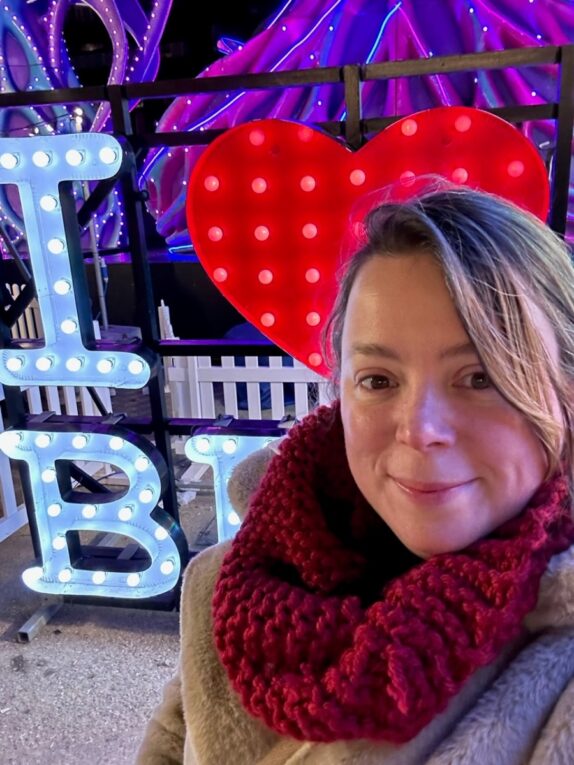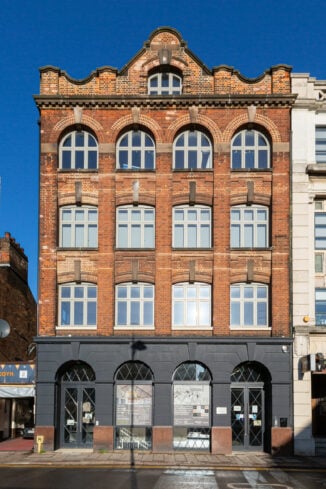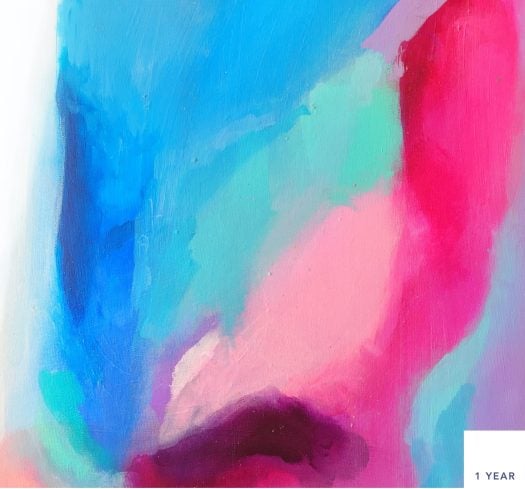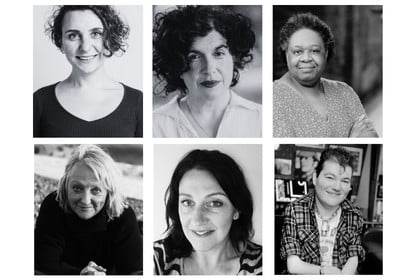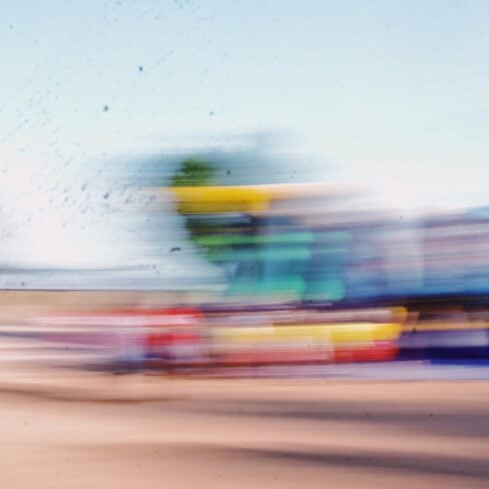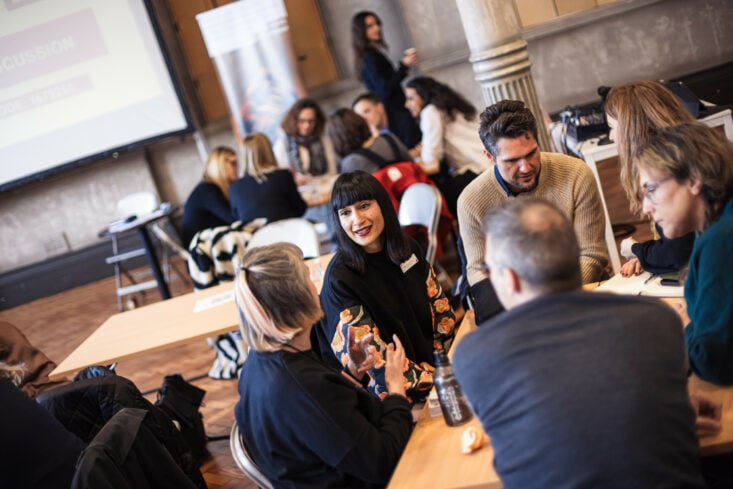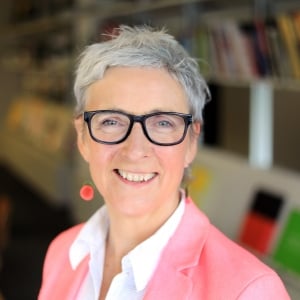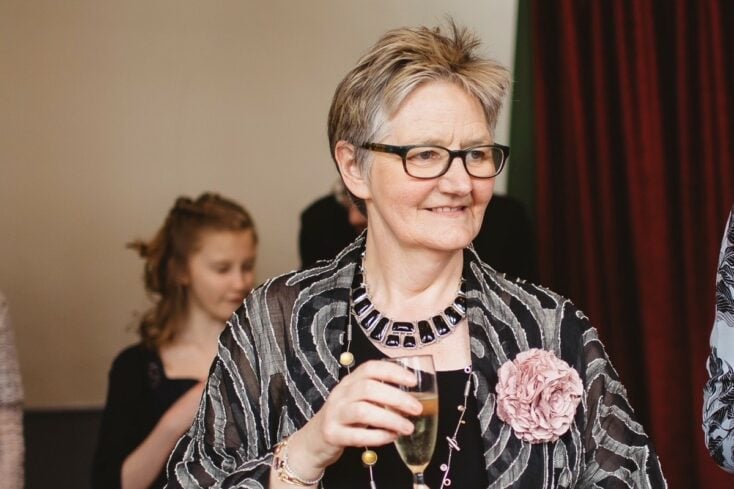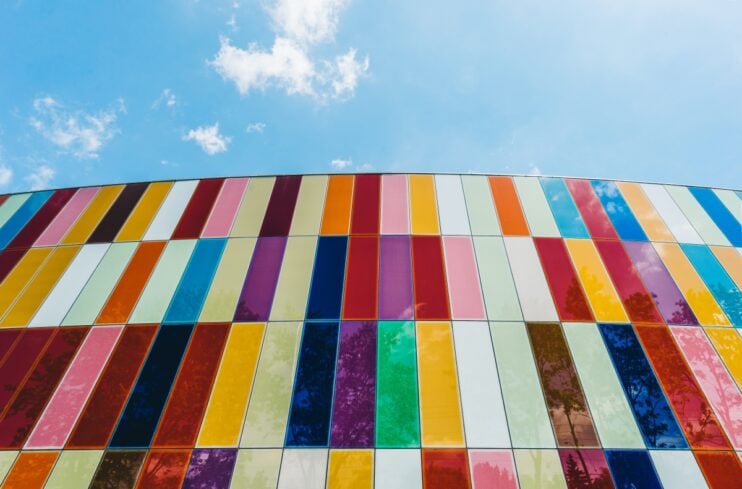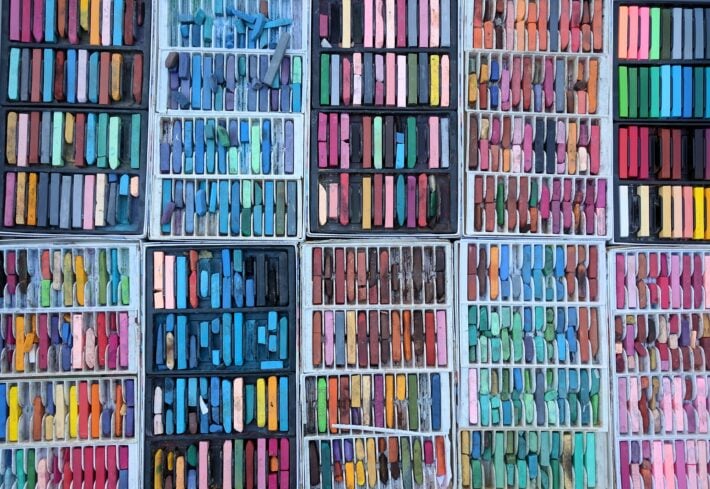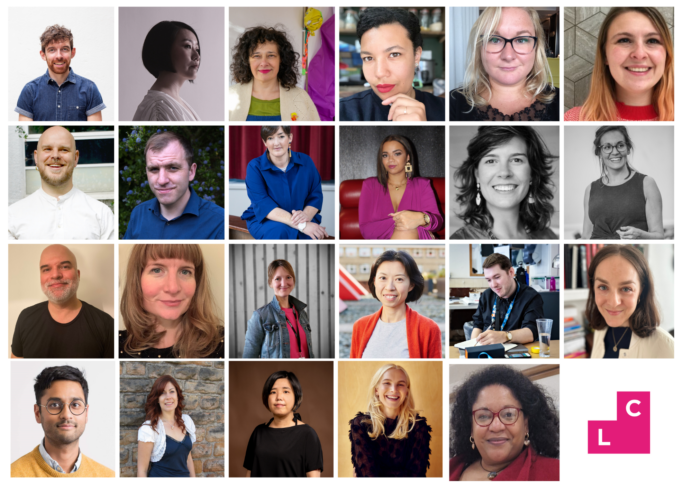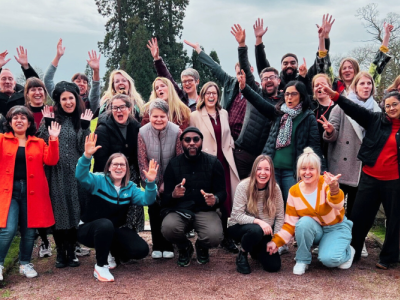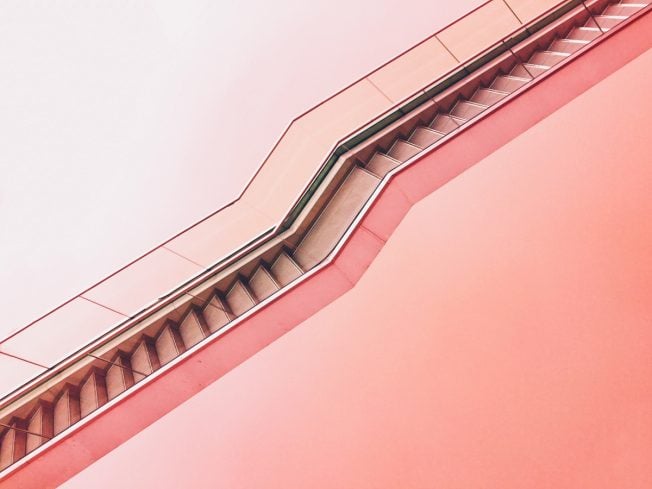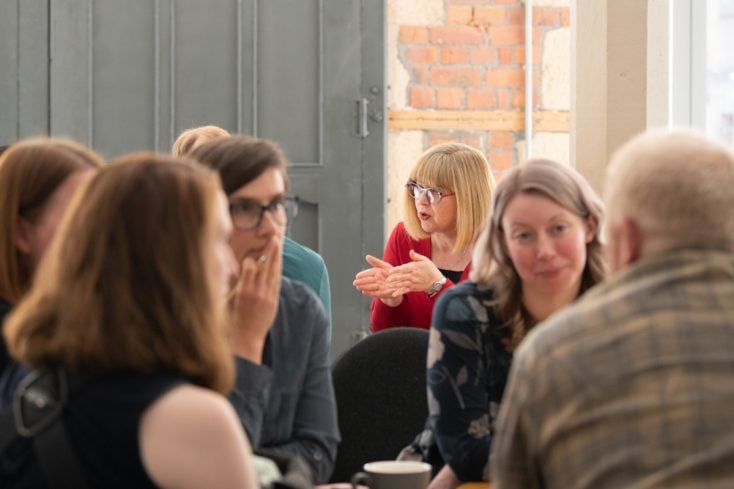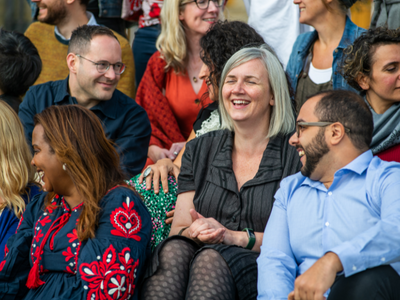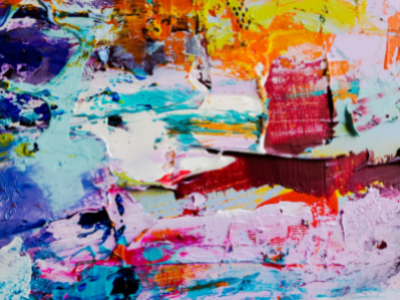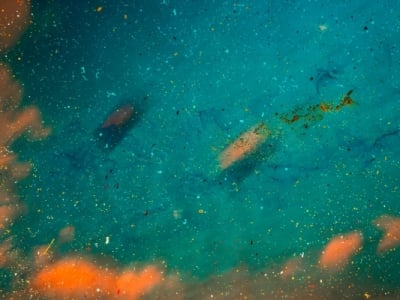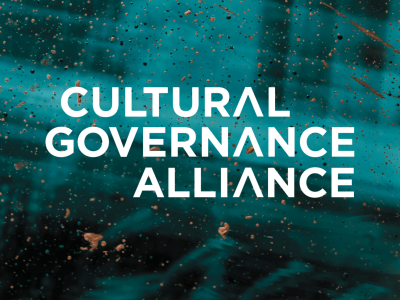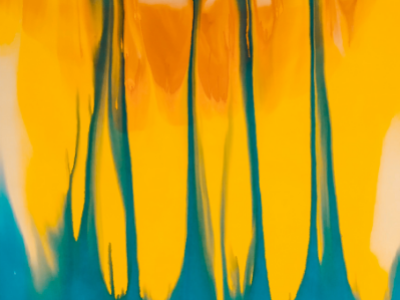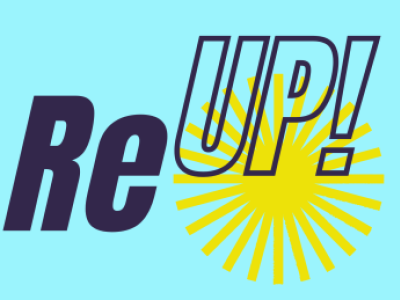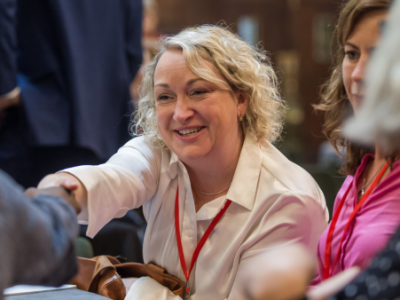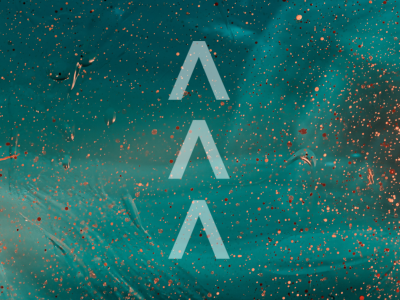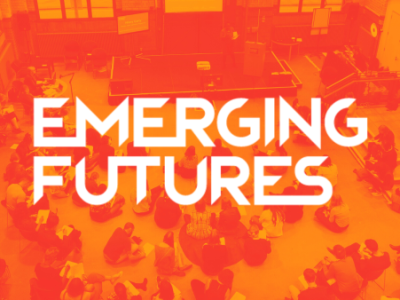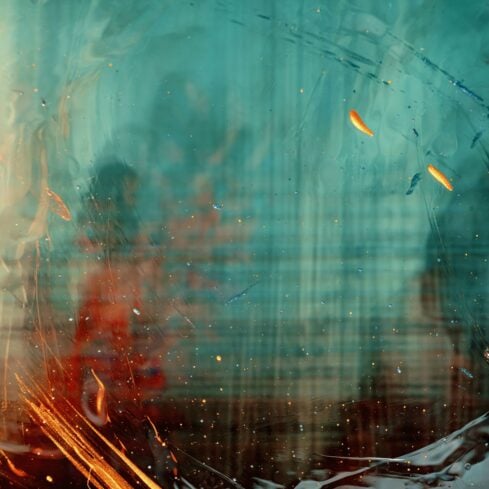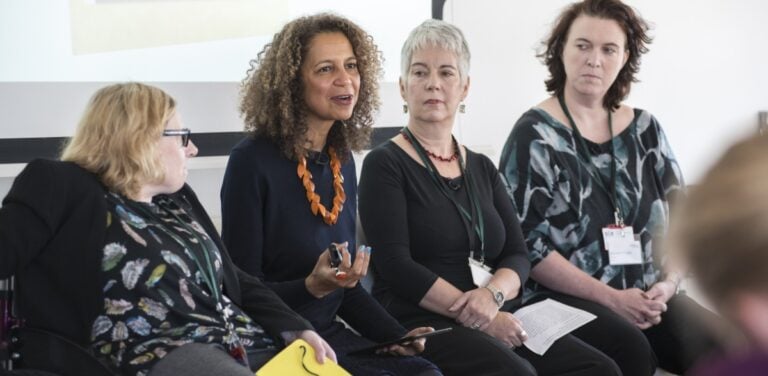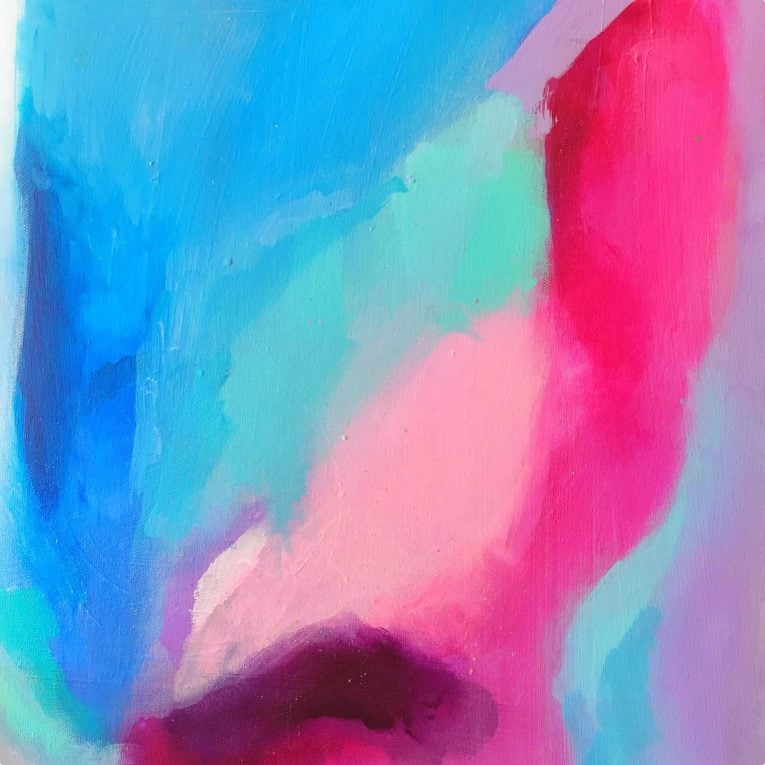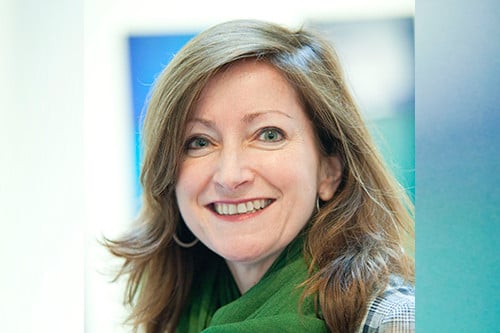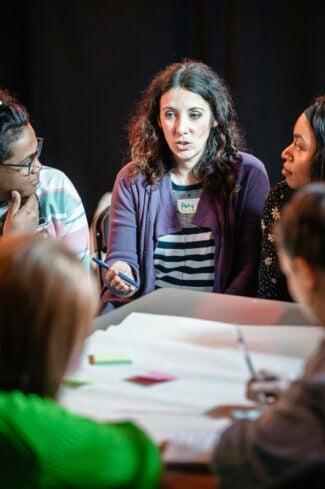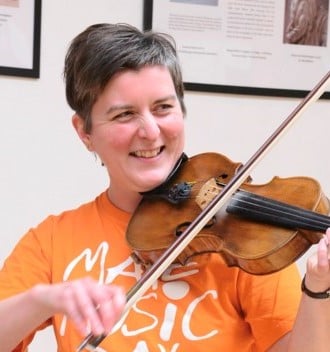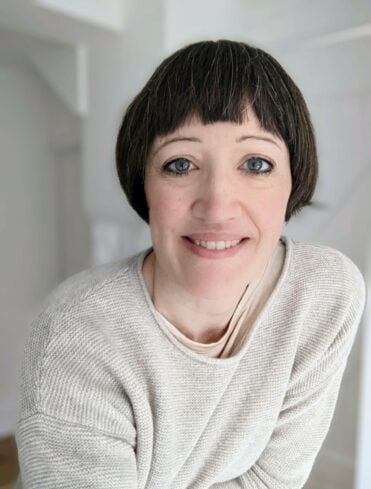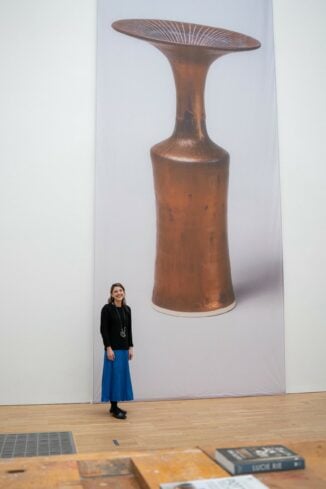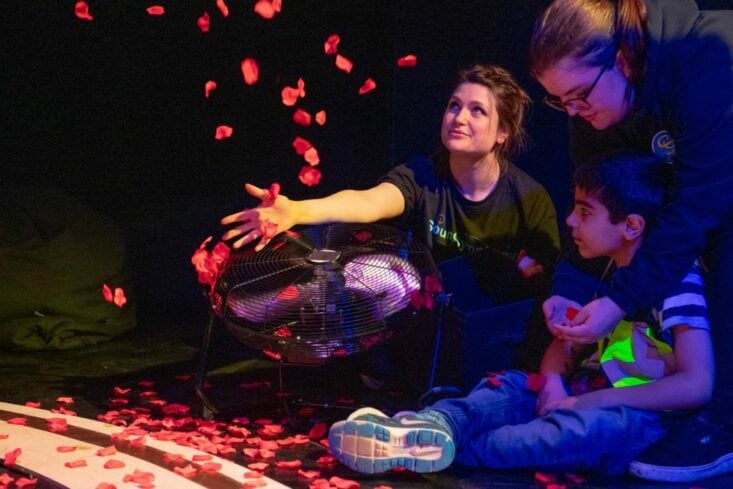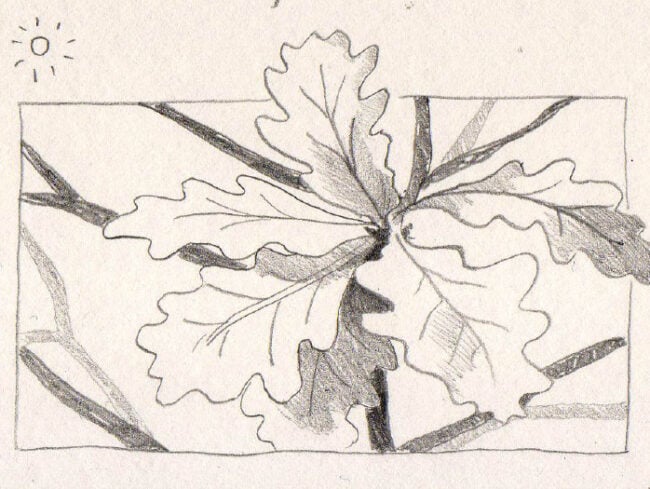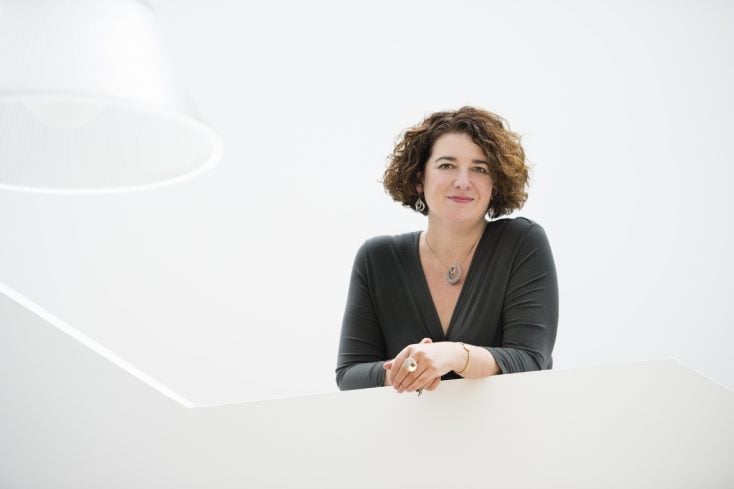Where to next? The urgent case for a new kind of partnership working
Clore Fellow 2022, Jo Bradshaw, Senior National Consultant, Partnerships and Programmes for the National Trust, explores partnerships and collaboration between arts and culture institutions/organisations
As a sector, we are simultaneously brilliant and terrible at collaboration, and I’ve always believed that we could do better. As someone with ‘partnerships’ in my job title, it’s no surprise that I spent a good chunk of my Clore Leadership time seeking out interesting collaborations, uncovering new ways to create partnerships and interrogating the most innovative cross-discipline working I could find.
- I found out more about the inner workings of university culture teams. They work with researchers from all backgrounds (from historic literature professors to lung doctors), use contemporary art practice to expand their research, and, in the best cases, expose their findings to new audiences and new interpretations.
- I explored how organisations such as the Calouste Gulbenkian Foundation partner across the sector to support, interrogate and champion best practice in civic arts. The organisation has produced reports such as The civic role of arts organisations, which shines a light on some of the most exciting socially-engaged cultural partnership practice across the UK.
- I travelled across The Pond and spoke with colleagues in New York (at MOMA, The Guggenheim, The Tenement Museum, The Brooklyn Museum and others) about innovations in community and disability arts programming at museums and galleries, and socially engaged arts practice.
- I found out more about inter-industry partnerships, such as those looking at the skills needed for our cultural workforce in the future including UCA’s Creative Industries Network.
- I spoke with the Knowledge Exchange Unit that enables UK Parliament to connect with researchers and leading industry figures across the sector.
The breadth and depth of these impressive collaborations, which exist to create content ranging from exhibitions to new art works and performances, to connect previously underserved audiences with collections and creativity, and to collaborate across art forms and visitor facing programmes, has been inspiring. But, what I haven’t been able to uncover is the same level of creativity and forward thinking for partnerships between institutions that are trying to diversify and better serve their audiences.
What I saw, and what I have seen over the past 15 years, is a plethora of brilliant, well intentioned, piece-meal work that often falls victim to short-term funding, or changes in ‘fashions’ for which audiences are deemed most worthy of support at a particular time.
I saw several institutions all targeting the same audiences, but not talking to each other because their content was from different genres (a music venue, a theatre, a contemporary art gallery, a local museum). Even organisations in the same field don’t tend to collaborate directly on audience development.
I saw lots of institutions serving one audience really, really well (young people, for example), but doing nothing for another audience (people with disabilities, for example), even where there was clear local demand.
I saw lots of high-intensity, resource-demanding programming being offered to really well support an established audience group that maybe could now transition into a less hand-held method of engagement, in order to free up resource to support a new audience.
Gallery A for example had been working with a group of adults with learning difficulties for over five years, and clearly knew many of the participants and group leaders really well. This group was regularly receiving artist-led participative workshops. These were a great experience for the participants, of course, but might a more sustainable model be to train the group leaders to lead their own sessions, and free up some artist sessions for a new group? And could this group now be introduced to Museum B down the road, or the local dance company back in their home town?
I’ve uncovered lots of this disparity in my exploration into the provision of access programmes for D/deaf and disabled visitors both here in the UK and in the US. There is little consistency across the sector, despite brilliant examples of great practice. One gallery might have a great, long-established and well received programme of BSL tours for D/deaf adults, but offer nothing for visitors with learning disabilities, whilst quite literally across the road another institution (this time a historic house museum, say) has 25+ years experience providing great quality equitable experiences for artist with learning disabilities.
Institutions often over-serve one audience and under-serve others, often from a legacy of specific project funding, personal interest on behalf of the community or access programmer, or simply because local group A was better at advocating for access than local group B.
We don’t move people ‘through’ our programmes well, from their first contact with us towards being confident, independent users. Shouldn’t our models be more about supporting people along a spectrum from intensive outreach to self-directed visiting?
As institutions we often invest in outreach, to make that initial contact with an audience who might be new to us. What if we turned some of this resource towards inter-institution collaboration, to provide more pathways for audiences who have already been ‘reached’?
To truly serve our audiences we must reconsider how we work as a sector to collaborate across disciplines, across genres and across institutions, so that project participants always know where to go next on their own cultural journey, whether that’s to a local craft group, a community choir, or something at the next museum down the road.
How do we re-shape our thinking, and insist on a change as part of funding criteria and arts policy, so we are always building in routes for continued cultural engagement on the audiences’ terms?
Instead of thinking about ‘our programmes’ and ‘our participants’ how can we really increase individuals’ cultural capital and cultural agency?
What difference would we make if we de-throne the focus on curatorial – i.e. the genre of our activity (music, contemporary art, heritage building) or collections, and truly prioritise the audiences we are here to serve, whether they later choose to engage with ‘our’ art form, or any other form of creative practice in the future. If we, cultural sector workers, could use a systems change approach, rather than an asset-led approach that focuses on us competing to engage ‘our audiences’ with our ‘stuff’, wouldn’t this be the change that gets us closer towards Nina Simon’s vision of Of, By and For all?
What if the next Arts Council England strategy was ‘Let’s connect’? A strategy which insisted on embedded partnerships between cultural institutions, third sector organisations, local government, local industry and more to create pathways to true cultural capital. A strategy which would build on models such as cultural compacts, but go further to impact at the fundamental level of cultural programmers’ practice, changing how we think, plan and collaborate from the bottom up.
I want to see evaluation frameworks that look at changes to a person’s ability to access culture on their own terms. I want evidence that a gallery outreach programme also makes the participant more likely to check out their local crafts festival, join a community choir, go to an exhibition at the museum down the road or start their own creative career.
Could Tate’s brilliant Young Producers work with the National Trust on new youth programmes, or Kew Garden’s community allotments programme branch out to the Orleans House gallery?
I want this evidence to be what builds our case for future funding. I want us to always keep in mind the cultural ecosystem we, and our audiences, exist within, and to be laser-focused on continuously building new networks within it.
I want this to be designed in from the start. When we plan our programmes, and think about removing barriers to access, I want us to go further and work on removing barriers to accessing multiple forms of culture.
Just because I’ve attended a classical music concert at a national venue doesn’t necessarily mean I’ll feel comfortable popping into the art gallery next door – but it should. I want our programmes to be expansive and generous – and inter-institutional. I want us, as arts and culture programmers, to have ambitious, broad tastes for our audiences, just like we do in our own cultural lives.
Are you with me?
Themes Hard Skills Inclusive Leadership Practice Sector Insights
